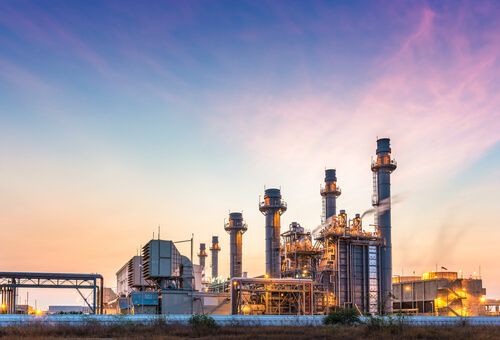ADVANCEMENTS IN THE SECONDARY SECTOR: MANUFACTURING AND INDUSTRIAL GROWTH
Introduction
The secondary sector, encompassing manufacturing and industrial activities, plays a crucial role in economic development and growth. It involves transforming raw materials into finished products through various processes, technologies, and advancements. Over the years, the secondary sector has witnessed remarkable advancements that have revolutionized manufacturing and industrial growth. This article highlights some of the key advancements and their impact on the sector.
Automation and Robotics
One of the most significant advancements in the secondary sector is the integration of automation and robotics into manufacturing processes. Automation has revolutionized industrial production by reducing human labor, enhancing productivity, and improving product quality. Robotic systems can perform repetitive tasks with precision and consistency, resulting in increased efficiency and reduced costs. With advancements in artificial intelligence and machine learning, robots can now adapt to dynamic production environments and perform complex tasks, further boosting industrial growth.
Additive Manufacturing and 3D Printing
Additive manufacturing, commonly known as 3D printing, has emerged as a game-changer in the manufacturing industry. It allows the creation of three-dimensional objects by adding materials layer by layer based on digital designs. This technology offers numerous advantages, including reduced material waste, increased design flexibility, and faster prototyping. 3D printing has revolutionized various sectors, including aerospace, healthcare, automotive, and consumer goods. It enables rapid prototyping, customization, and on-demand production, leading to enhanced efficiency and innovation in the manufacturing process.
Internet of Things (IoT) and Connectivity
The advent of the Internet of Things (IoT) has transformed the industrial landscape. IoT refers to the network of interconnected devices and systems that communicate and share data. In manufacturing, IoT enables seamless connectivity between machines, sensors, and software, facilitating real-time monitoring, predictive maintenance, and optimization of production processes. IoT-powered systems collect and analyze vast amounts of data, leading to improved operational efficiency, reduced downtime, and enhanced decision-making. This connectivity also enables the integration of supply chains, enabling efficient inventory management and streamlined logistics.
Advanced Materials and Nanotechnology
Advancements in materials science and nanotechnology have opened up new possibilities in manufacturing. Engineers and scientists are developing and utilizing advanced materials with unique properties to enhance product performance and durability. Nanotechnology, which involves manipulating materials at the atomic and molecular scale, has facilitated the development of lighter, stronger, and more sustainable materials. These advancements have had a profound impact on industries such as aerospace, electronics, automotive, and healthcare, driving innovation and pushing the boundaries of what is possible in manufacturing.
Renewable Energy and Sustainability
The secondary sector is increasingly embracing renewable energy sources and adopting sustainable practices. With a growing focus on environmental conservation and reducing carbon emissions, industries are transitioning to cleaner energy alternatives such as solar, wind, and hydropower. Furthermore, manufacturing processes are being optimized to minimize waste generation and maximize resource efficiency. Sustainable manufacturing practices not only contribute to environmental preservation but also enhance operational efficiency and reduce costs in the long run.
Conclusion
Advancements in the secondary sector, particularly in manufacturing and industrial growth, have transformed the way products are produced and the overall economic landscape. Automation, robotics, additive manufacturing, IoT, advanced materials, and sustainability practices have revolutionized the sector, enhancing productivity, innovation, and efficiency. As these advancements continue to evolve, they will further propel the growth of the secondary sector, contributing to economic development and shaping the future of manufacturing and industrialization.


